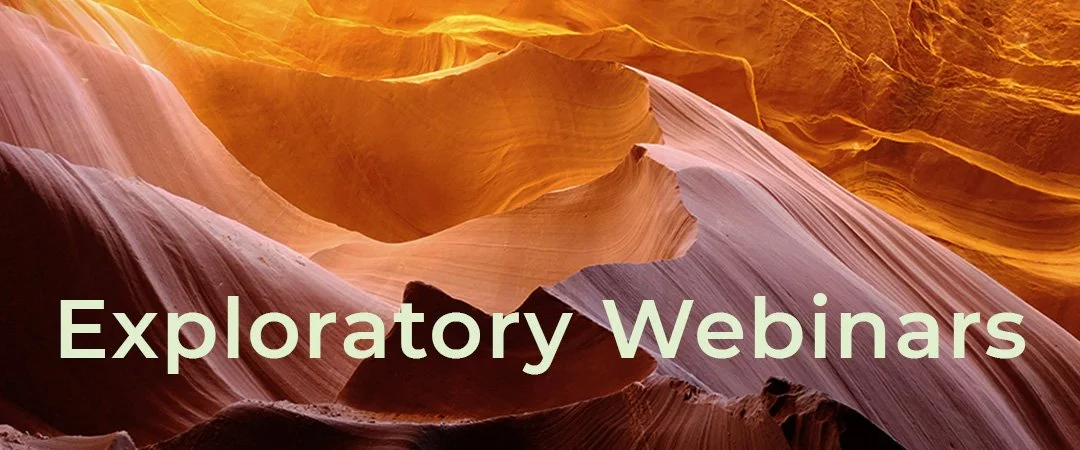Community Resources
Discover, Connect, Embody
Explore a treasure trove of resources that will spark your mind and inspire your heart as you engage the wonder that is life.
You can participate in one of our monthly free webinars, peruse our Lorian Blog, or tune in to a Lorian podcast. And when you’re ready to put inspiration into practice with a group of like-hearted people, subscribe to the Gaian Commons Community!
Incarnational Spirituality expresses through each one of us in a different way. Our community offerings are a celebration of the many different ways we walk the path of spirit and help to introduce Incarnational Spirituality through a kaleidoscope of human experience.

“Lorian is the warmest, most inclusive spiritual learning community I have ever encountered. I feel surrounded by a community of true friendship. Lorian has become for me like an exceptionally loving extended family.”
-

Fascinating, enlivening, nourishing - and did someone say free? Participate in our monthly exploratory webinars and dip your toes into Incarnational Spirituality. There’s no better way to get a feel for our classes. See what’s coming up!
-

Who doesn’t love to practice in a group of like-hearted people? The Gaian Commons is a monthly subscription membership dedicated to Incarnational Spirituality community practice. Open to all who have taken a Lorian class. Check it out!
-

Raise your hand if you love stories that open your mind to possibilities. So do we! Read essays and insights from Incarnational Spirituality practitioners all around the world in our Lorian Blog. Ready to explore?
-

So many episodes to choose from, and each one a treat for your inner mystic! Check out Uncommon Conversations, The Lorian Legacy Series and Lorian’s 50th Anniversary Podcast for deep and fascinating stories and discussion.

“I have taken a lot of spiritual classes and workshops, but I have never experienced such a developed and systematic series of techniques and tools for experiencing wholeness as is offered at the Lorian Association. ”
Stay Inspired
A regular infusion of hope & inspiration delivered to your inbox.
Subscribe now to Lorian’s weekly newsletter which features essays, upcoming classes, and the latest publications, plus receive Lorian’s monthly blog.
The Lorian Association holds your information in strictest privacy. (Our Privacy Policy)
